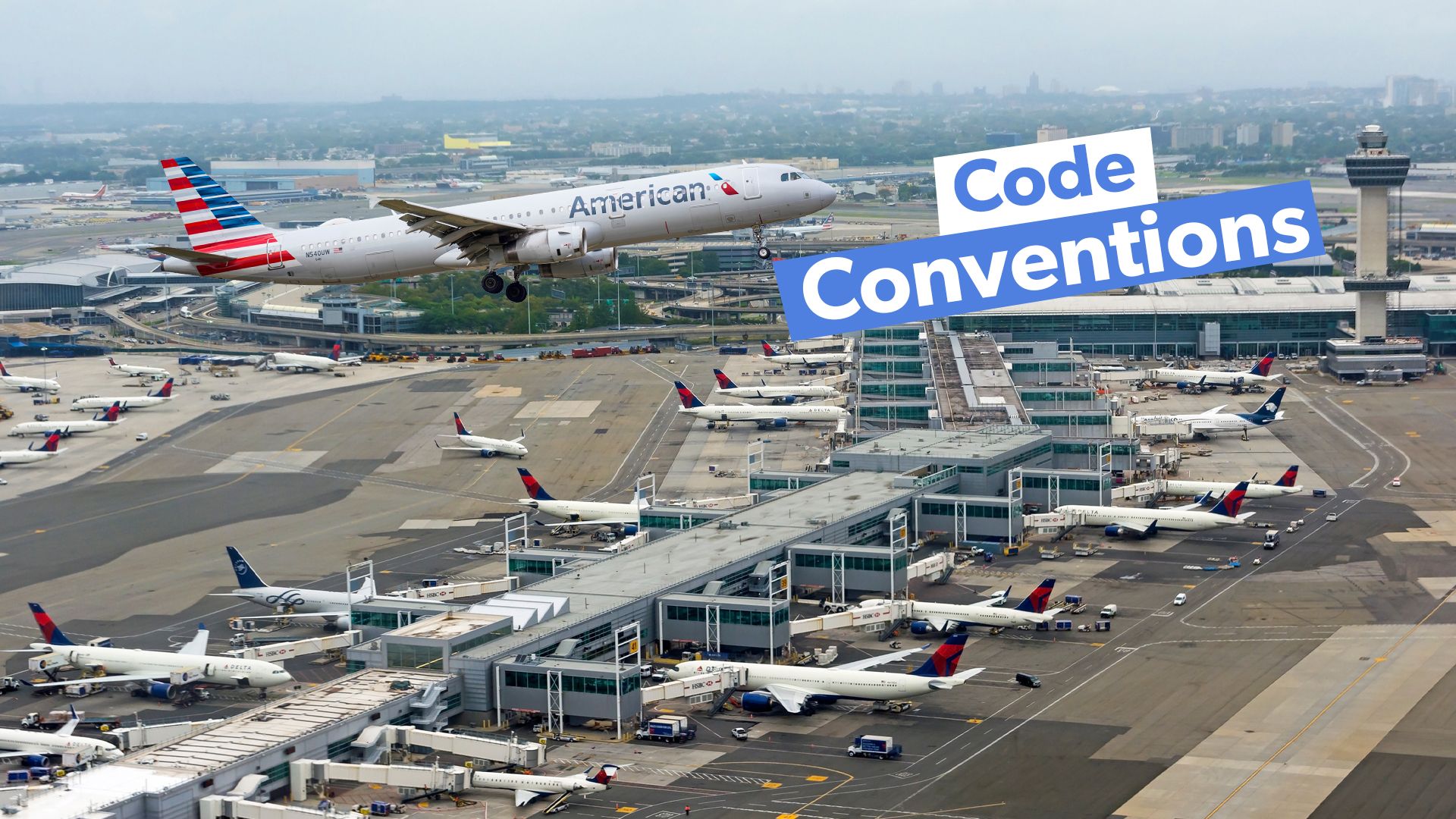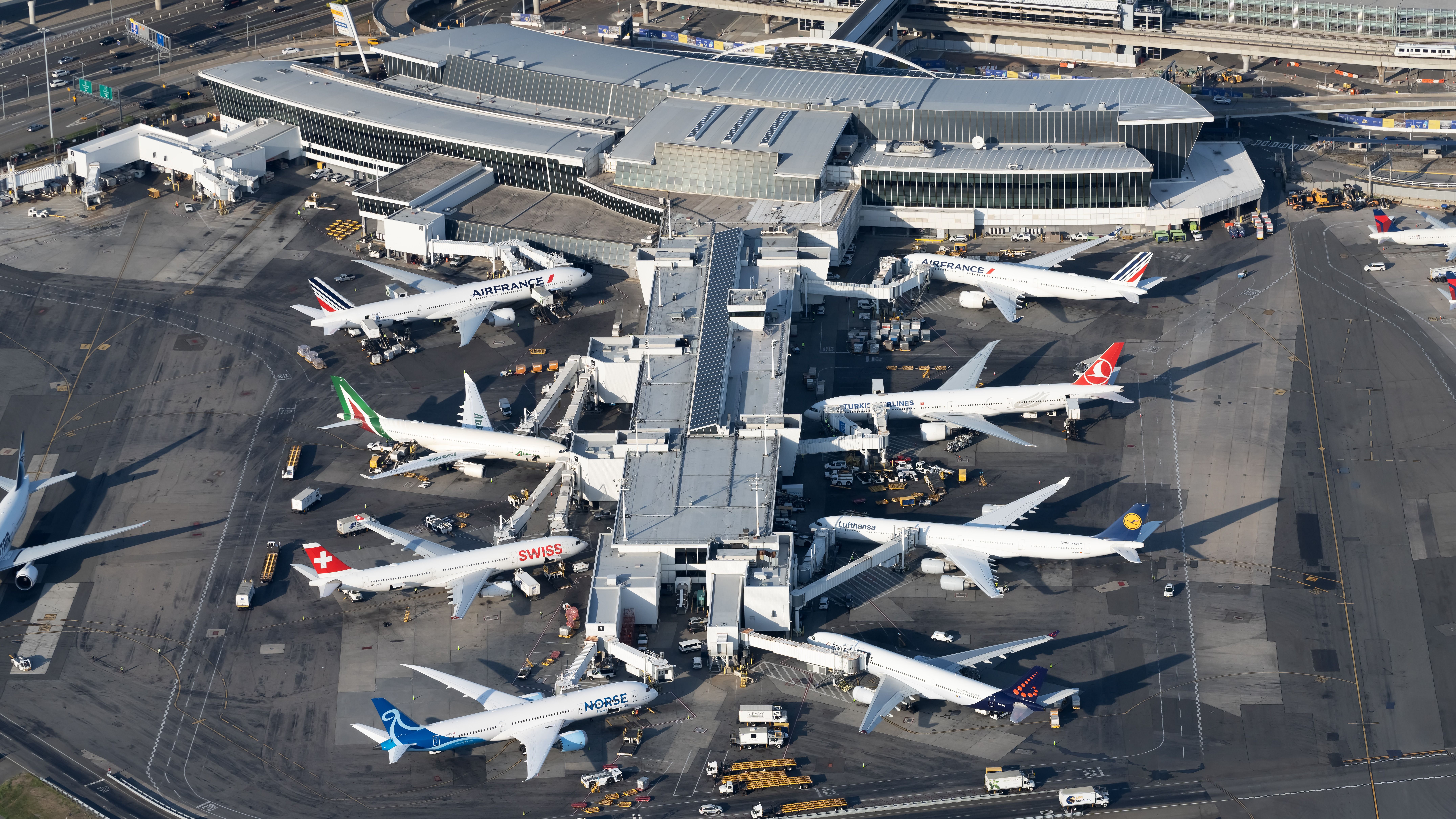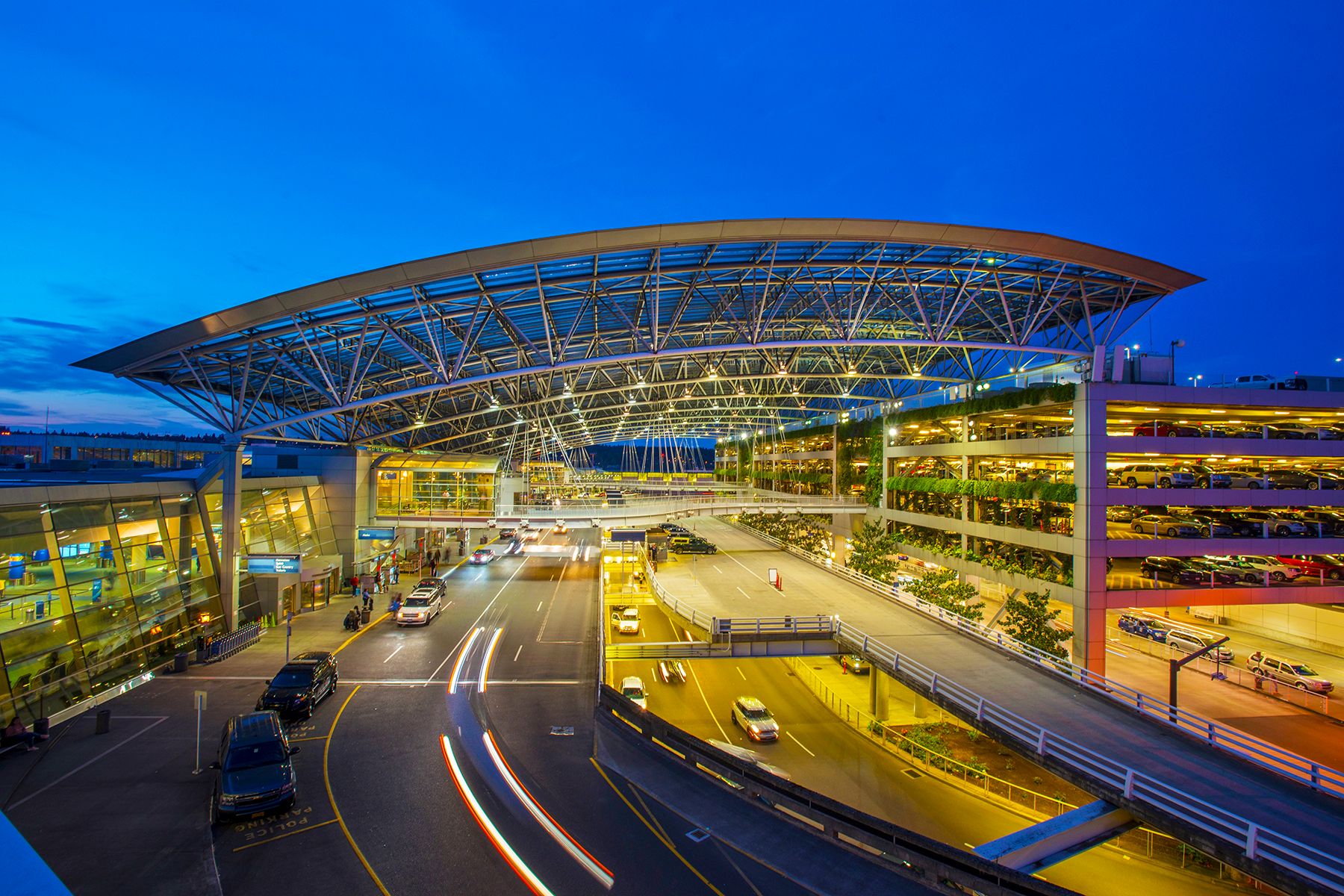Summary
- ICAO airport codes have a four-letter structure with a geographical prefix, such as ‘K’ for the US.
- The ‘K’ prefix only applies to contiguous US states, excluding Hawaii and Alaska, which have their own prefix.
- IATA codes are more widely recognized by passengers, while ICAO codes are crucial for industry professionals.
Have you ever wondered why all airports have a three-letter code, such as LAX for Los Angeles International Airport or JFK for New York John F. Kennedy International Airport? These three-letter codes, known as airport identifiers, are designated by the International Air Transport Association (IATA) and are easily visible to passengers on their airline tickets, boarding passes, and luggage tags.
On the other hand, the International Civil Aviation Organization (ICAO) also designates airports with a four-letter code, identifying airports and landing strips. The additional letter generally consists of a country or a region prefix. This article delves deeper into the meaning of these codes and how all airports in the US have the letter “K” in the prefixes, as described by ICAO and IATA.
ICAO Airport Codes
In the US, the ICAO codes of most airports are simply their IATA code (think ‘ORD’ or ‘MIA’) with the prefix ‘K’ (‘KORD’ or KMIA’). The International Civil Aviation Organization (ICAO) assigned the prefix ‘ K’ to the US as it wanted these prefixes to reflect the geographical location of each airport or airstrip. Other prefixes include:
- ‘C’ for Canada
- ‘E’ for Northern Europe, including the UK, Scandinavia, Germany, and Poland
- ‘G’ for West Africa
- ‘H’ for East Africa
- ‘L’ for Southern Europe, including Spain, Greece, Italy, and Cyprus
- ‘M’ for Mexico, Central America, and part of the Caribbean
- ‘N’ for New Zealand and the South Pacific
- ‘O’ for the Middle East, including Saudi Arabia, Iran, Yemen, and Oman
- ‘R’ for Japan, Philippines, and South Korea
- ‘S’ for South America, including Brazil, Argentina, and Venezuela
- ‘U’ for former Soviet Republics, including Russia, Georgia, and Kazakhstan
- ‘Y’ for Australia
- ‘Z’ for Continental East Asia, including China and Mongolia
The image above highlights how ICAO prefixes depend on the geographical location of the airport.
Exceptions to the K-prefix rule
The ‘K’ prefix was only reserved for the contiguous United States (all states from California to Maine and Washington to Florida, but not Hawaii and Alaska). Hawaii and Alaska use the ‘P’ prefix, more commonly used in the South Pacific islands. However, unlike the continental United States, which simply adds the K prefix to the IATA airport code, each country, state, or region that uses the ‘P’ prefix is assigned a second letter.
For example, Hawaii is assigned ‘H,’ and so all ICAO codes within the state of Hawaii begin with ‘PH.’ Alaskan airports are instead given the prefix ‘PA.’ Honolulu (IATA: HNL) and Kahului (IATA: OGG) are, therefore, PHNL and PHOG, respectively. Alaskan Airports Anchorage (IATA: ANC) and Fairbanks (IATA: FAI) are PANC and PAFA.
Differences between the IATA and ICAO airport codes
IATA airport codes are used by commercial airlines in their operations and are assigned by the International Air Transport Association (IATA). They initially established these airport codes to facilitate international travel. More recently, IATA has started issuing codes to bus and ferry terminals, as well as train stations, to allow for better connections between these modes of transport.
Photo: Vincenzo Pace I Simple Flying
ICAO airport codes are generally less recognized by commercial passengers. For example, when referring to London Heathrow Airport or Hong Kong International Airport, most passengers will simply think of LHR and HKG, not EGLL and VHHH. However, for industry professionals such as air traffic controllers and pilots, these ICAO airport codes mean much more.
With flight plans, for example, airports are identified by these codes. In addition, some other locations, such as weather forecast facilities and air traffic control offices, are also given ICAO codes.
Speaking of IATA codes, across the northern border of the US, Canada has a distinct pattern with its system. Notably, its codes begin with the letter Y, which dates back to the 1930s when an airport had Y for “yes” if they had a weather/radio station at the facility. Examples of Canadian airport IATA codes include:
- Toronto Pearson International Airport (YYZ)
- Vancouver International Airport (YVR)
- Montréal-Trudeau International Airport (YUL)
- Calgary International Airport (YYC)
- Halifax Stanfield International Airport (YHZ).
How do airports receive ICAO airport codes?
In the United States, airports that would like to be given an ICAO airport code are asked to contact the Federal Aviation Administration (FAA), which will then provide the relevant authorities with the contact information for the International Civil Aviation Organization.
Photo: Portland International Airport
Airports then have to provide detailed information, including location, altitude, and length of runway, in order to obtain an ICAO airport code. Altogether, ICAO codes generally have a more stringent structure than their IATA counterparts.




